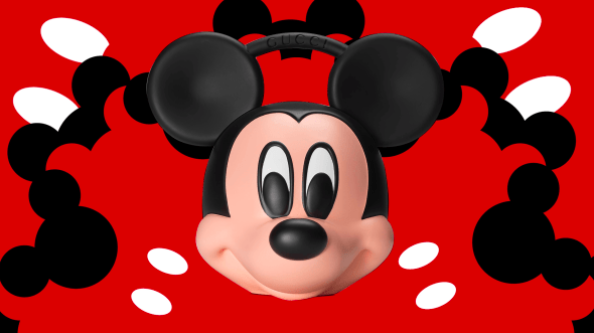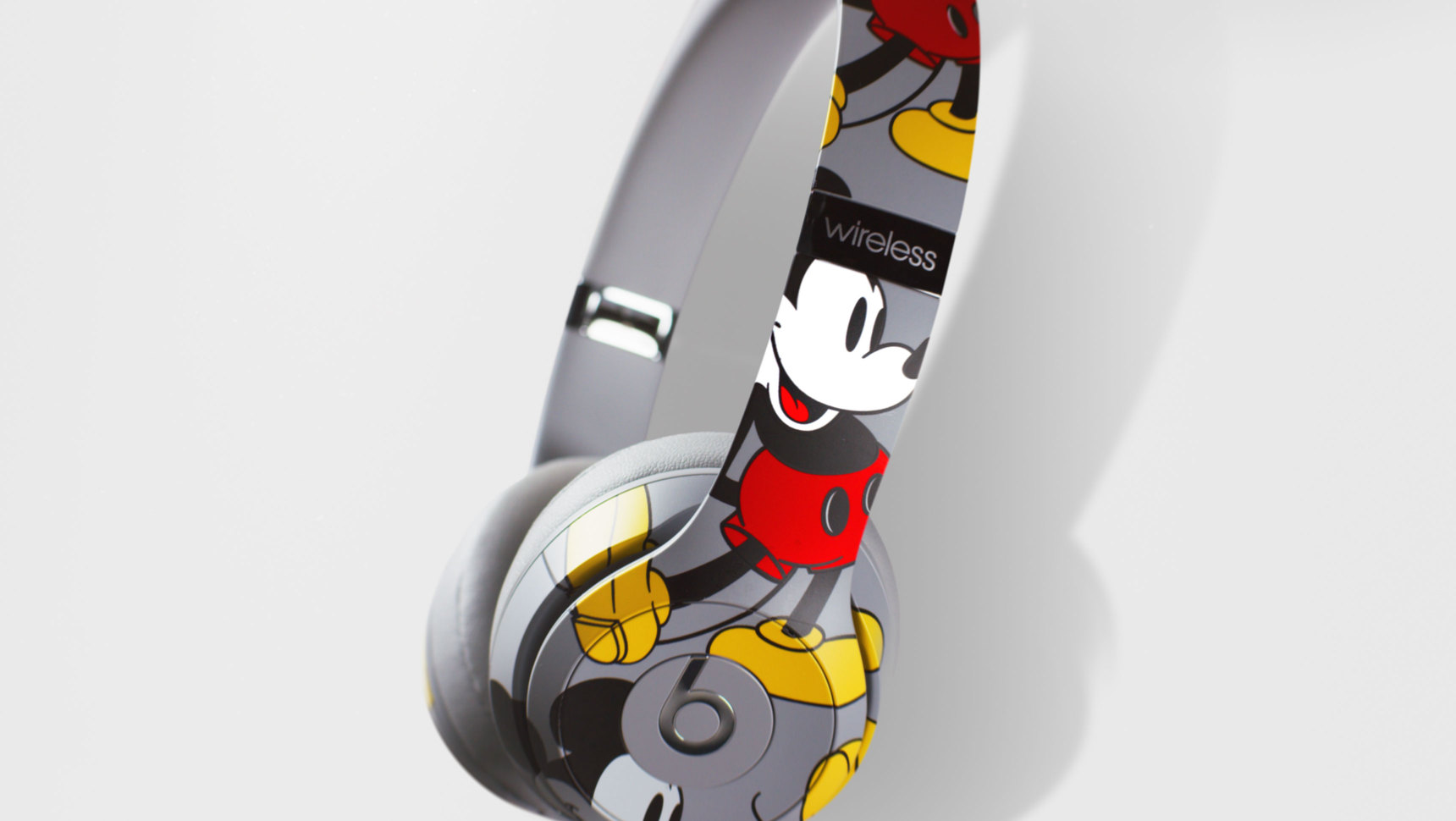Last year, our beloved Mickey Mouse turned 90 years old. With this celebratory milestone came the opportunity for not only The Walt Disney Company, but other licensed brands everywhere, to release new Mickey-centric merchandise — from a $4,500 Gucci purse to $300 Beats headphones — to commemorate the occasion. According to the Wall Street Journal, Mickey Mouse and his crew (Minnie, Goofy, Pluto and Donald Duck, specifically) generated $3 billion in merchandise — for children and adults alike — in 2018 alone. This begs the question, what makes Mickey so appealing?
 Since his earliest Steamboat Willie days in 1928, Mickey has transformed from a simple cartoon character into a treasured household symbol. He has stood the test of time, representing cheerful memories for adolescent youth and a source of hope and innocence for adults during some of America’s darkest moments. Specifically, the tumultuous time of World War II marked a massive spike in demand for adult Mickey products, “when people were desperate for something hopeful to cling to,” according to Fast Company. “The soldiers going off to fight had grown up with Mickey Mouse, and they found him comforting. In 1939, Disney received a request from an air squadron on the USS Wasp to draw some cartoons on the aircraft to lift the men’s spirits.”
Since his earliest Steamboat Willie days in 1928, Mickey has transformed from a simple cartoon character into a treasured household symbol. He has stood the test of time, representing cheerful memories for adolescent youth and a source of hope and innocence for adults during some of America’s darkest moments. Specifically, the tumultuous time of World War II marked a massive spike in demand for adult Mickey products, “when people were desperate for something hopeful to cling to,” according to Fast Company. “The soldiers going off to fight had grown up with Mickey Mouse, and they found him comforting. In 1939, Disney received a request from an air squadron on the USS Wasp to draw some cartoons on the aircraft to lift the men’s spirits.”
Aesthetically, Mickey’s physical features have been carefully and methodically crafted and tweaked to ensure his visual appearance remains timeless. With a round body, enlarged eyes and a childlike face, artists — with the help of scientists — have crafted a rodent into something that triggers a great level of attachment in both adults and children worldwide.
 “Disney’s goal was clearly to make the character universally known and loved. According to market research, Mickey Mouse has a 97% name recognition in the United States, which is even higher than Santa Claus,” said Fast Company. “This is at least in part because hundreds, if not thousands, of brands around the world license Mickey’s image, making it ubiquitous.”
“Disney’s goal was clearly to make the character universally known and loved. According to market research, Mickey Mouse has a 97% name recognition in the United States, which is even higher than Santa Claus,” said Fast Company. “This is at least in part because hundreds, if not thousands, of brands around the world license Mickey’s image, making it ubiquitous.”
Learn more about the evolution of Mickey here.
Photo credit: Beats by Dre, Gucci